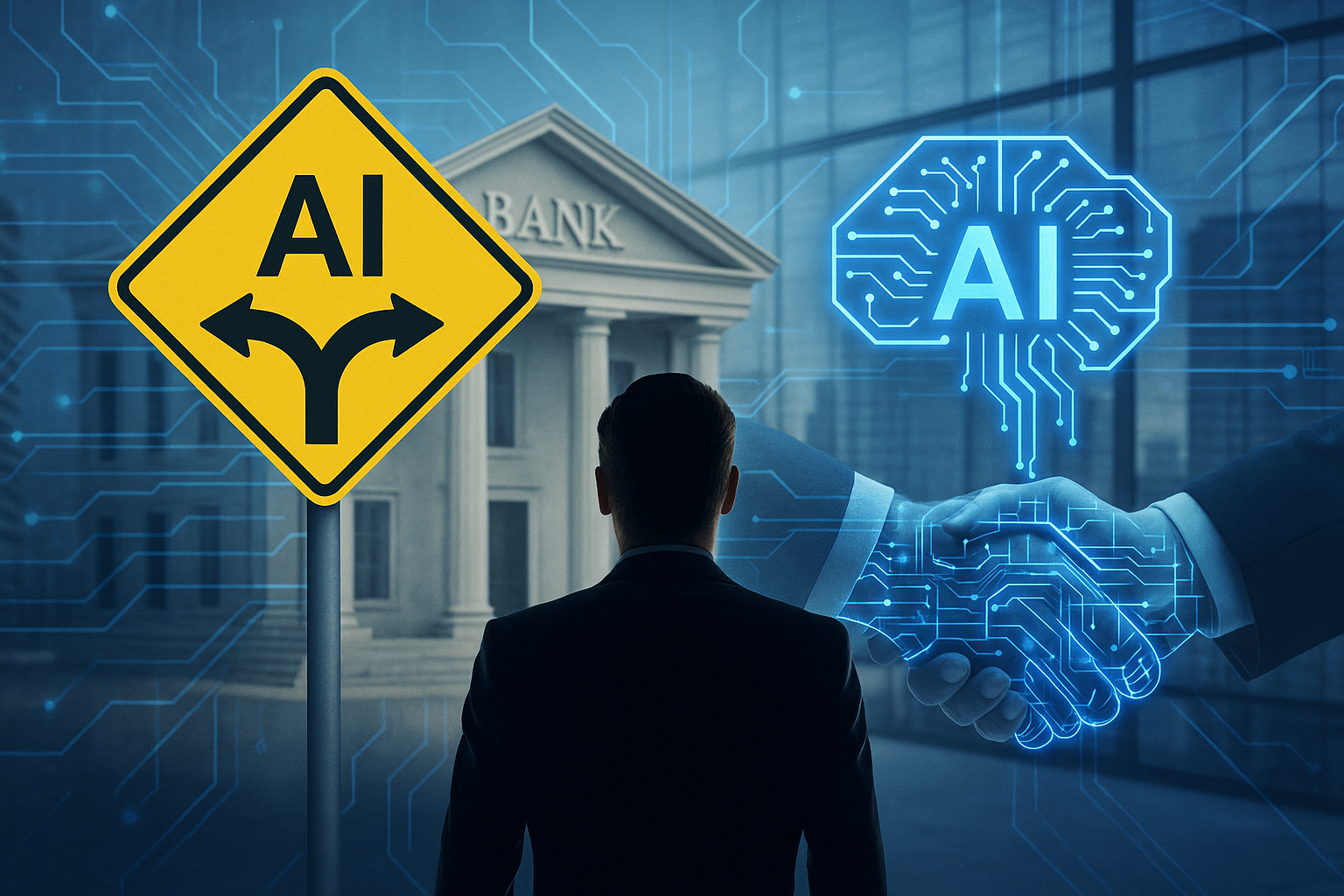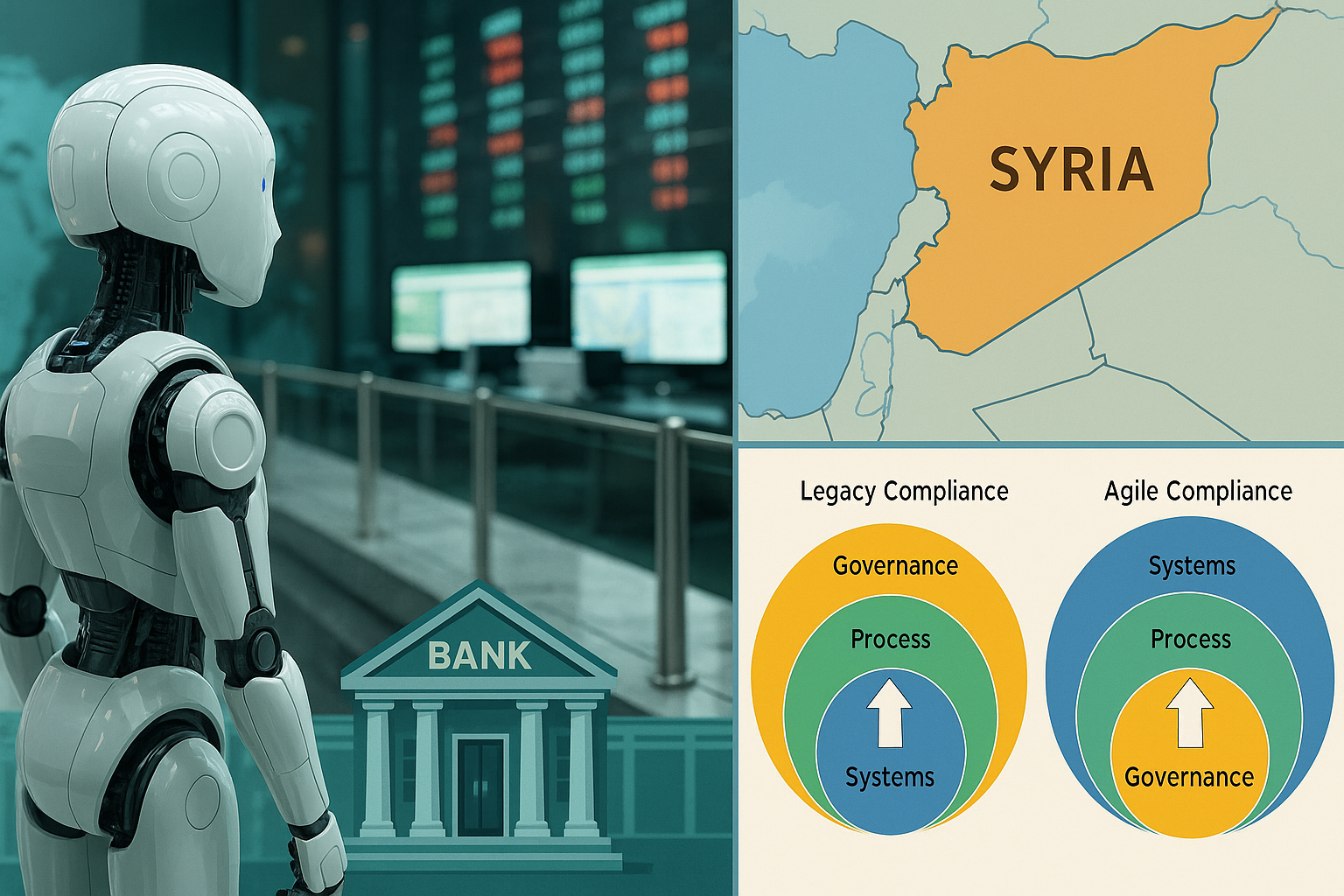AI led Digital Banking: Banking the Millennial Generation
 In 1994 Stanford Federal Credit Union was the first US financial institution to offer internet banking to all its customers. Since then, digital banking has rapidly adopted newer technologies to automate business processes and simplify customer interaction.
In 1994 Stanford Federal Credit Union was the first US financial institution to offer internet banking to all its customers. Since then, digital banking has rapidly adopted newer technologies to automate business processes and simplify customer interaction.
The next generation of AI led digital banking will leverage modern technologies in data management to build banks that maximize scale, minimize risk and cherry pick profitable customers. The fundamental new dimension for digital banking in the future is using data to effectively build and scale the bank’s business as opposed to just deploying technologies to increase process efficiencies. This will enable banks to stay relevant in a rapidly changing technology and business environment, with the entry of millennials and internet-based businesses as next generation customers for banking and financial services.
AI led digital banks have the opportunity to create a de novo technology architecture that orchestrates the deployment of new technologies to align with its broader business goals of profitability, scalability, risk management and regulation. Here are some of the facets of the AI led digital bank.
- Customer Acquisition and Retention: AI can assist banks in sourcing retail and SME customers and tap into new customer segments by leveraging big data, social media and affinity groups. Lead sourcing can be automated by using SaaS based CRM systems like Salesforce and marketing automation systems like Marketo. Once customers are on boarded, it is equally important to retain them. AI based solutions can assist in creating loyalty programs that are tailored around customer preferences.
- Underwriting and Risk Based Pricing: AI based underwriting engines to determine appropriate rules to apply to target customer segments. This is important as tightening of underwriting standards may result in disqualification of good customers, while loosening of underwriting standards, may result in risky customers being approved. Linked to the underwriting standards, is risk-based pricing, i.e. pricing for customer risk, enabling a digital bank to make compelling offers based on customer risk, profiles and affinities.
- Cross and up Selling: AI based product matching, i.e. offering the right product, at the right price, to the right customer at the appropriate time in the customer lifecycle. The digital bank can leverage internet and mobile templates of its traditional (parent) banks for web, mobile and call center banking and enhance it for the digital bank's unique needs to speed launch of new products and services.
- Risk and Portfolio management: AI enabled credit, fraud, operational, regulatory and compliance risk and portfolio management.
- Data Syndication and Partnerships: An AI led digital bank needs significant amount of data to train the acquisition, underwriting, pricing and risk management models. The bank can source significant volumes of structured data from traditional (parent) banks’ systems and unstructured data from 3rd party sources, including social media and internet companies (e.g. FB, Twitter, Instagram, Google, Netflix, etc.), credit bureaus, D&B (for SMEs), data brokers/ aggregators, etc. The digital bank might also consider building partnerships with internet companies.
- Open Banking with APIs: Technologists continue to innovate with creative AI driven banking solutions such as chat-bots for customer service and robotic process automation. The AI driven digital bank will be designed to interface with innovative applications through APIs rather than create new applications.
Banks can take heed of the 20th century expression coined by architects and builders which says “form follows function”. This simply means that the form of the building should primarily relate to its intended purpose or function. AI led banks have the unique opportunity to incorporate modern technology in its new form to offer core banking and financial services to a whole new generation of customers.
Some banks realize the importance of a new approach to digital banking by creating new independent units for this purpose. These business units have the ability to re-architect their business around new technologies. The success or failure of the next generation of AI led digital banks will depend on their ability to orchestrate the next generation of technology into their business models.
Posts by Tag
- big data (41)
- advanced analytics (38)
- business perspective solutions (30)
- predictive analytics (25)
- business insights (24)
- data analytics infrastructure (17)
- analytics (16)
- banking (15)
- fintech (15)
- regulatory compliance (15)
- risk management (15)
- regtech (13)
- machine learning (12)
- quantitative analytics (12)
- BI (11)
- big data visualization presentation (11)
- AML (10)
- community banking (10)
- social media (10)
- AML/BSA (9)
- Big Data Prescriptions (9)
- analytics as a service (9)
- banking regulation (9)
- data scientist (9)
- social media marketing (9)
- financial risk (8)
- innovation (8)
- marketing (8)
- regulation (8)
- Comminity Banks (7)
- data analytics (7)
- money laundering (7)
- AI (6)
- AML/BSA/CTF (6)
- Big Data practicioner (6)
- CIO (6)
- Digital ID-Proofing (6)
- Performance Management (6)
- agile compliance (6)
- banking performance (6)
- digital banking (6)
- visualization (6)
- AI led digital banking (5)
- AML/BSA/CFT (5)
- KYC (5)
- data-as-a-service (5)
- email marketing (5)
- industrial big data (5)
- risk manangement (5)
- self-sovereign identity (5)
- verifiable credential (5)
- Hadoop (4)
- KPI (4)
- MoSoLoCo (4)
- NoSQL (4)
- buying cycle (4)
- instrumentation (4)
- mathematical models (4)
- sales (4)
- 2015 (3)
- bitcoin (3)
- blockchain (3)
- core banking (3)
- customer analyitcs (3)
- direct marketing (3)
- identity (3)
- manatoko (3)
- model validation (3)
- wearable computing (3)
- zero-knowledge proof (3)
- zkp (3)
- Agile (2)
- Cloud Banking (2)
- FFIEC (2)
- Internet of Things (2)
- IoT (2)
- PPP (2)
- PreReview (2)
- SaaS (2)
- Sales 2.0 (2)
- The Cloud is the Bank (2)
- Wal-Mart (2)
- data sprawl (2)
- digital marketing (2)
- disruptive technologies (2)
- email conversions (2)
- mobile marketing (2)
- new data types (2)
- privacy (2)
- risk (2)
- risk managemen (2)
- virtual currency (2)
- 2014 (1)
- 2025 (1)
- 3D printing (1)
- AMLA2020 (1)
- BOI (1)
- DAAS (1)
- Do you Hadoop (1)
- FinCEN_BOI (1)
- Goldman Sachs (1)
- HealthKit (1)
- Joseph Schumpeter (1)
- Manatoko_boir (1)
- NationalPriorites (1)
- PaaS (1)
- Sand Hill IoT 50 (1)
- Spark (1)
- apple healthcare (1)
- beneficial_owener (1)
- bsa (1)
- cancer immunotherapy (1)
- ccpa (1)
- currency (1)
- erc (1)
- fincen (1)
- fraud (1)
- health app (1)
- healthcare analytics (1)
- modelling (1)
- occam's razor (1)
- outlook (1)
- paycheck protection (1)
- personal computer (1)
- sandbox (1)
Recent Posts
Popular Posts
Every community bank CEO now faces unprecedented...
On May 13, 2025, the U.S. government announced...
In our continuing exploration of banking...



